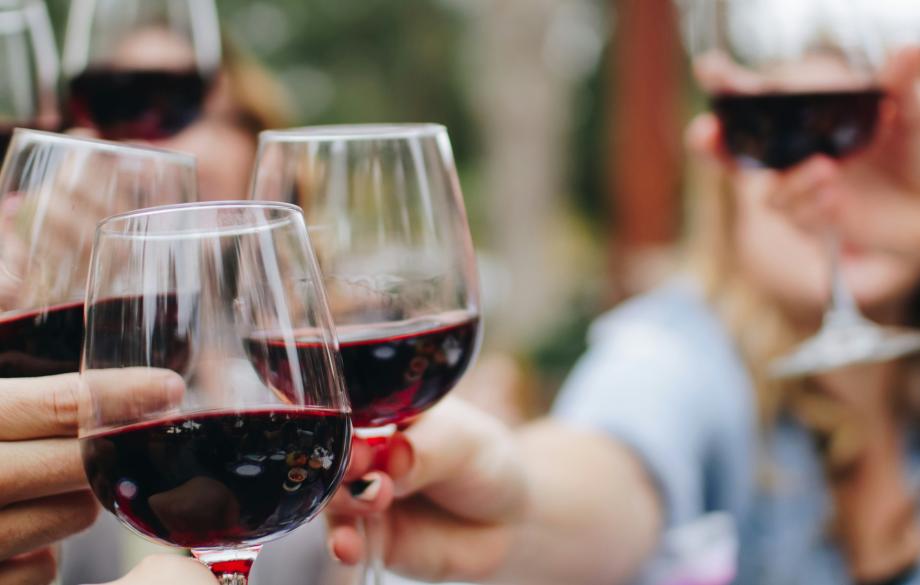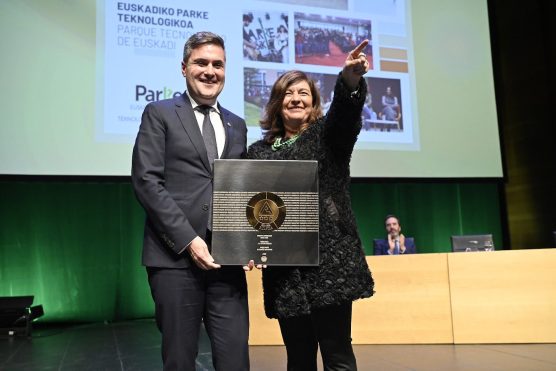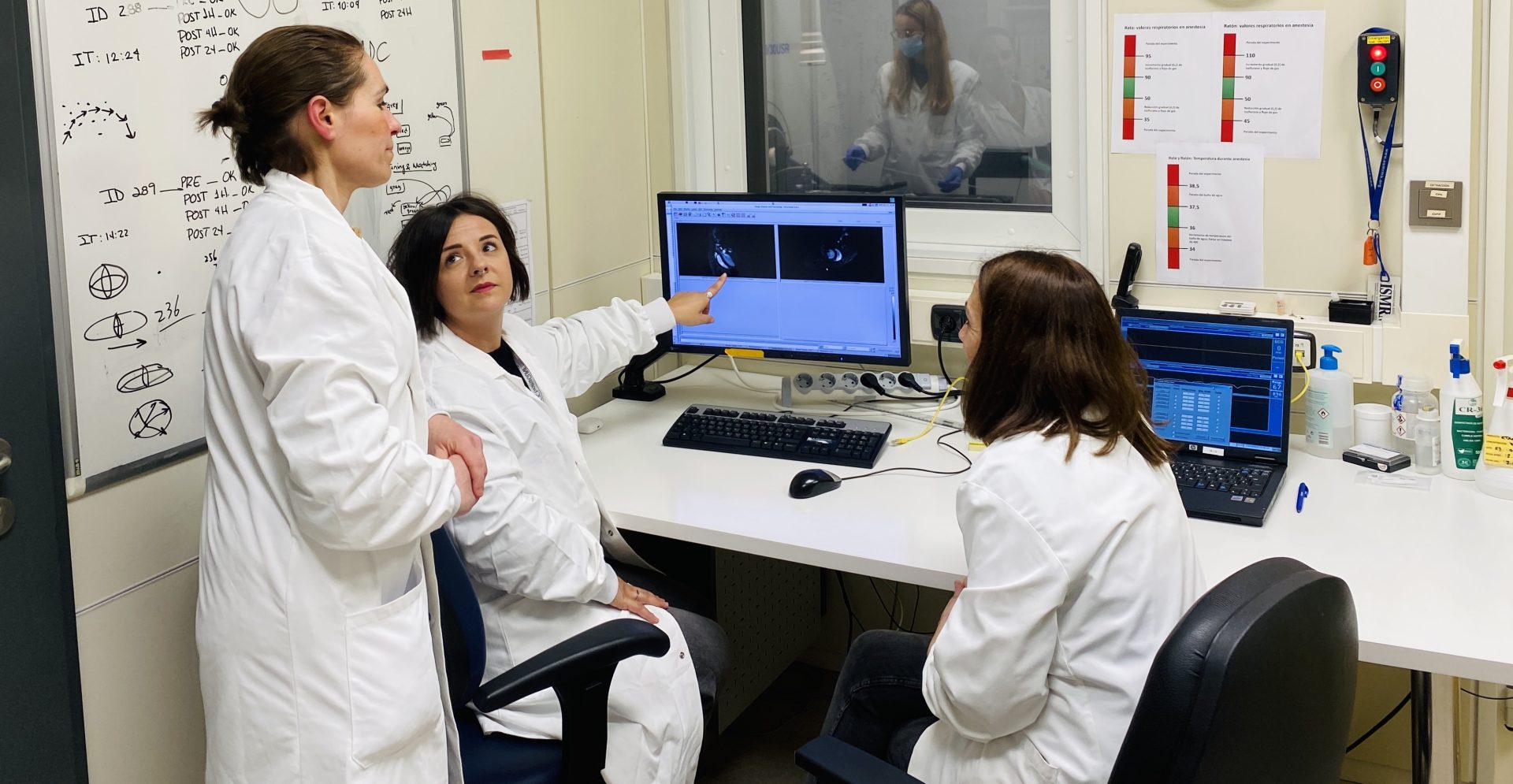Taste training has permanent effects on our brains; BCBL has the answer

A new study by the Basque research centre has analysed the cognitive response of professional sommeliers and inexperienced consumers to a blind tasting.
The participants tasted the wines, which differed in their complexity of aromas and flavours, during an MRI scan.
The results show significant brain differences in the processing of taste information between the two groups and shed light on the impact of one of the least studied senses.
A very complex wine can be the result of combining different types of grapes. It can be purple in colour with blue highlights. Concentrated and intoxicating aroma, covered with tobacco and ripe cherries. Moderate acidity and abundant earthy red fruits. Flavours of coffee, liquorice and spices. Long on the palate with a peachy finish. All harmonised by subtle, well-balanced tannins.
This precise and exhaustive description of a red wine is not within the reach of every person… or every brain! The explanation has been elaborated by one of the professional sommeliers who have participated in a new study led by the Basque research centre Basque Center on Cognition, Brain and Language (BCBL).
The aim of the project, in which the Basque Culinary Center (BCC) has also participated, has been to find out whether the experience and years of training the palate and taste buds in the tasting of this popular alcoholic beverage may involve differential effects at a cerebral and neuronal level related not only to the areas associated with taste or smell, but also with those linked to language and memory.
To this end, during the research, a blind tasting was carried out with two groups: one made up of sommeliers selected by the BCC and the other with inexperienced wine consumers. Both tasted four types of wine, two whites and two reds, while the activity and changes in the participants’ brain structure were recorded by MRI.
‘Participants lay in the scanner and, through a system of pumps and tubes, a drop of each wine was delivered to their mouths. We then collated the cognitive and brain data at the level of structure, connectivity and activation to visualise and analyse how they perceived each of the wines,’ explains Manuel Carreiras, scientific director of BCBL and one of the authors of the study.
Different ‘complexity
Compared to previous studies, which analysed for example the response to wine according to its price, i.e. how expensive or cheap it was on the market, the participants in the new BCBL study tasted four wines that differed in their ‘complexity’.
‘Sommeliers understand that a wine is ‘complex’ when it has a wide variety of aromas and flavours that they are able to identify more accurately thanks to their keen senses of perception. In this study we wanted to see if, as complexity increased, changes also occurred at the brain level,’ Carreiras adds.
Moreover, as wine evaluation can also be strongly influenced by expectations, the tasting task was done blindly both in the scanner and in the subsequent behavioural test in which they tasted the same wines randomly to assess which was more complex.
The results of the analyses, carried out using advanced statistical methods and computer programmes, showed significant differences between the two study groups in the way they dealt with the sensory information represented by tasting the wine.
‘We observed that at a structural level, sommeliers had unique permanent features in the white matter of the brain, as well as greater brain activation and connectivity in regions linked to language and memory as well as taste and smell as the wine was more complex. Moreover, these differences intensified with increasing years of experience,’ says the BCBL expert.
These findings suggest that training and specialisation in a subject as closely related to the sense of taste as wine tasting produces differential and distinctive effects on the neural networks that underlie the processing of gustatory stimuli, as well as the circuits involved in memory and language.
‘Vision and hearing are the senses that have been most studied in cognitive neuroscience, but our research sheds light on the least analysed sense, taste, and opens up new avenues for further research into how the brain behaves when faced with this type of stimuli’, says Manuel Carreiras.
Wine neuromarketing
According to Manuel Carreiras himself, one of the possible future avenues for research and application of the data obtained could be linked to neuromarketing in the wine sector.
‘The tools used could help, through tests with non-expert consumers, to observe the brain’s response to new recipes and facilitate the identification of the best formula for developing a perfect wine,’ Carreiras says.
Funded by the Basque Government and the Spanish Research Agency (AEI) of the Spanish Government, the study, whose results have been published in the scientific journal Human Brain Mapping, has involved a group of researchers from the BCBL, BCC and the Yale University School of Medicine (USA).




